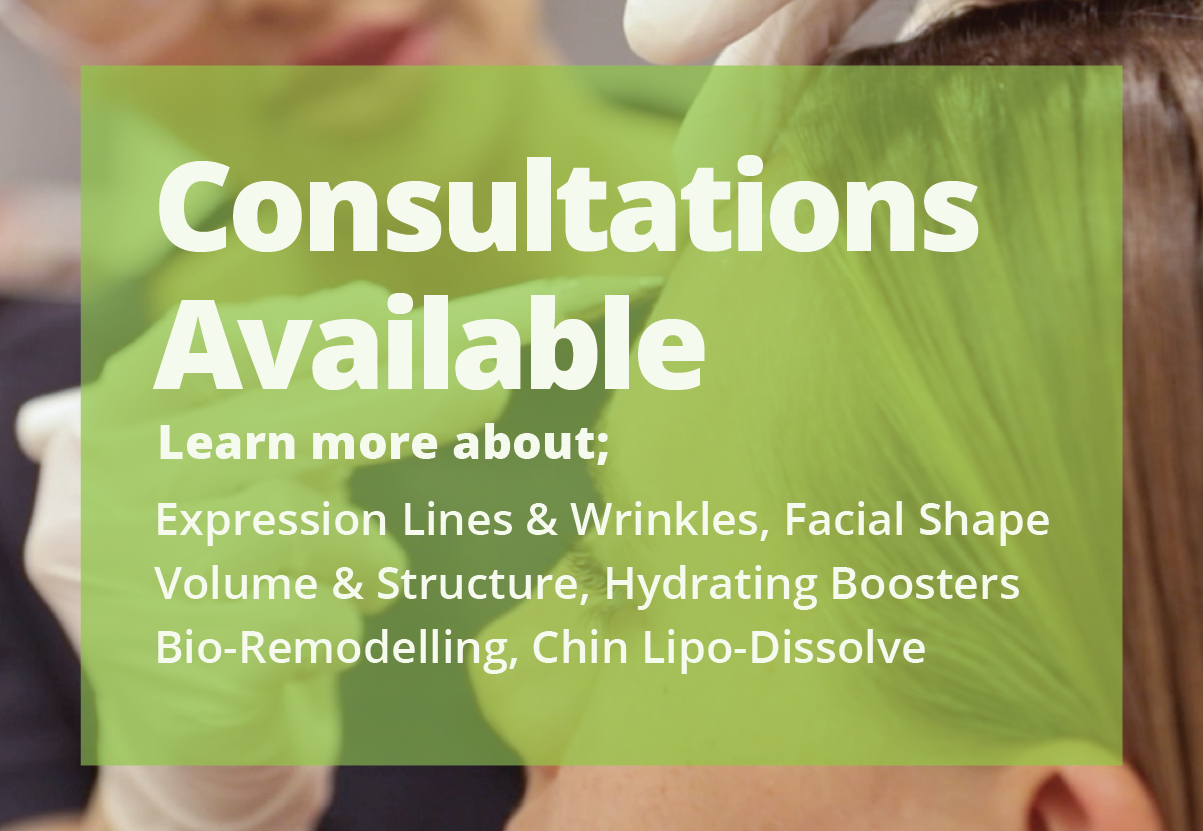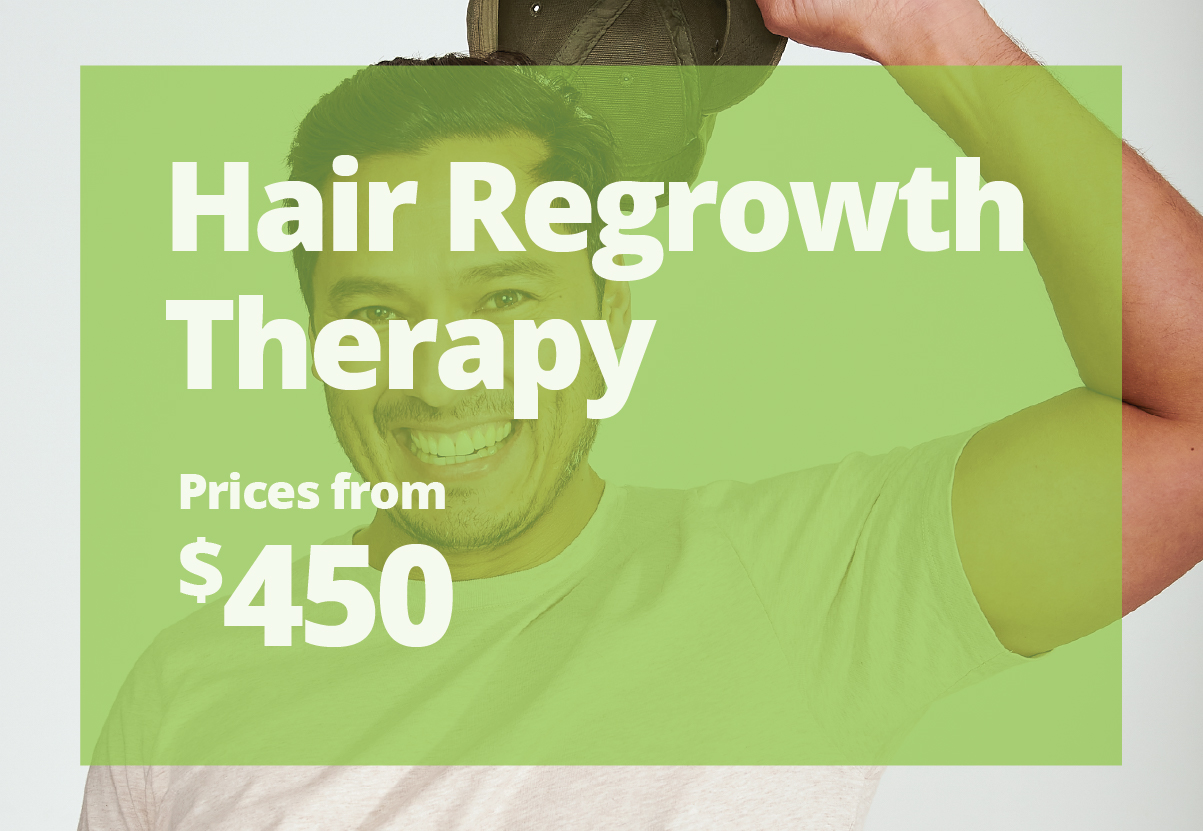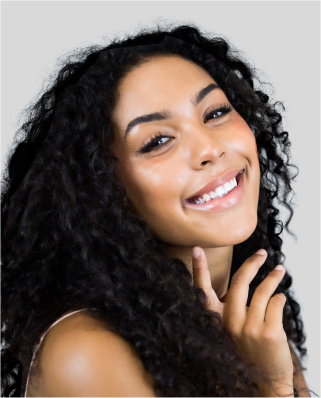Types of Chemical Peels
Get in touch with us
Turn over a new leaf (and new skin) with Chemical Skin Peels. From the Acne Beta Peel, Pigmentation, Mandelic to the Photo Rejuvenation Age Peel, we find out which types of Chemical Peels are the best for you!
What Are The Types of Chemical Peels?
Chemical Peels involves the application of a safe chemical solution, which targets the deeper layers of the skin. This effective treatment aids in reducing priorities such as acne, pigmentation, appearance of fine lines, dryness and lacklustre skin by performing 3 main functions
- A deep exfoliation to remove dead skin cells and decongest pores
- Treats specific priorities such removing toxins, oil, acne causing bacteria and imperfections
- Stimulates collagen production
A step up from most chemical exfoliants which often contain a single active ingredient, Chemical Peels have been specifically formulated with a tailored combination of acids to effectively target priorities. Best of all, the results are almost immediate!
How Do Chemical Peels Work?
Firstly, the face is cleansed to remove any initial traces of makeup residue, skin products and debris on the face.
Then, a Pre-Peel is applied prior to the peel to effectively lower the skin’s pH level as well as removing all traces of oil, allowing for the even penetration of the skin peeling agent.
Mild Chemical Peels
A major component of this chemical peel is alpha hydroxy acids (AHAs) which include lactic and glycolic acids to effectively generate younger replenished skin. The prevention of premature aging skin can be achieved with this chemical peel treatment, popular for those between the ages of 24-35. Sun damaged skin, uneven skin-tone and texture, fine lines and acne are some of many concerns that can be treated with mild AHA chemical peels. As skin is photosensitive after treatment, it is important that a broad spectrum SPF50+ sunscreen is applied frequently. Some side effects of the treatment include flaking, redness, dryness, itching and irritation. These will resolve when several chemical peel treatments are undergone and skin is accustomed to the active ingredients.
What Causes Acne On The Face?
Get in touch with us
No one is immune to pimples and although picking blemishes gives you short term satisfaction, you are left with a not so friendly reminder on your face. Whether you’ve had it in the past or have recently experienced breakouts on your face, learn the causes of acne to prevent future ones from appearing.
What causes acne on the face and when does it occur?
Acne commonly occurs during puberty. However it can happen anytime dependent on a range of factors such as:
- Hormonal changes
- Genetics
- Use of harsh skincare ingredients
- Build up of dead skin cells and oils from not properly washing the face
- Excessive production of sebum (oil)
How is acne formed?
Your skin has pores that connect to oil glands under the skin. These glands are responsible for the production of a regulated amount of sebum which carries dead skin cells through the follicles to the surface of the skin. Pustules, or more commonly referred to as a pimple is formed when these follicles get blocked as oil builds up under the skin as it’s infected with bacteria.
Where do face breakouts occur?
The most common place for adults to experience acne on the face is along the jawline and cheek. Whereas with teens, the hot spots for breakouts are on the T-zone: forehead, nose and chin.
What options are there to treat and prevent future breakouts on the face?
1. Regularly cleansing, exfoliating and moisturising the face: Treat don’t strip
Double cleansing, moisturising the face daily and exfoliating 2-3 times a week with pH balanced products will clear away the daily buildup of dead skin cells and oil from your face. Sticking with gentle skincare products will ensure that your skin’s pH balance is not thrown out of whack which can leave your face prone to irritation and infection.
Often oily skin is an indicator of dry or dehydrated skin as the sebum production is sent into overdrive in an attempt to balance the skin’s natural oil and moisture levels. By moisturising and wearing sunscreen daily, the skin’s barrier is protected, minimising the amount of water loss.
Results Active Protect SPF50+ is a lightweight and oil-free sunscreen that comes in a handy tube ready for on the go application. It can be worn by itself or under makeup and best of all, it’s been formulated specifically to be used in conjunction with any of our skin treatments.Refine and rejuvenate your skin with microdermabation
2. Undergoing regular skin treatments: Acne Beta Peel + LED Light Therapy
Skin treatments such as chemical peels work by deeply penetrating beneath the epidermis to treat congested pores, build of dead skin cells, pigmentation, large open pores, blemishes and breakouts. Unlike physical exfoliation processes, chemical peels do not aggravate or create tiny wounds in the top layer of the skin. The Acne Beta Peel combines the unique properties of salicylic and dioic acid to effectively destroy acne causing bacteria and prevent future breakouts. We highly recommend the LED Light Therapy treatment after a chemical peel as it aids killing acne causing bacteria, soothes redness, stimulates collagen, accelerates healing time and enhances your treatment results.
What causes acne scars?
Whilst not dangerous, breakouts can leave scars and hyperpigmentation. Whilst hyperpigmentation can fade over time, scarring appear as permanent textural indentations on the skin. Skin Needling is an effective solution in reducing the appearance of scarring. Using the DermaPen, tiny needles on a motorised head create micro wounds. This triggers your body’s natural response to generate new skin cells, stimulate collagen and elastin. For optimum results, we recommend 4 to 6 treatments combined with the healing properties of LED Light Therapy to reduce the appearance of scarring, improve skin texture, reduces pore size and a rejuvenated complexion. Results Laser Clinics is one of Australia’s most trusted provider of Laser Hair Removal, Skin treatments & Cosmetic Injectables. Results Laser Clinic is available nationally & are committed to delivering results that make you look & feel your best.
For more information, call our experts or chat online, to ask any questions, or to arrange a free no commitment consultation.
Causes of pimples on face in adults: Top tips on how to prevent face breakouts
Get in touch with us
If we had to choose a single thing we didn’t miss about being a teenager, the answer would’ve been unanimous: pimples. Taxes over breakouts, anyday. But just like understanding your finances, by delving into the causes of pimples on the face in adulthood, you can finally regain control of your skin. It’s time to show them who’s boss! Here are the 4 main causes of pimples on the face in adults and essential tips on how to avoid them:
- Buildup of skin cells, dirt and oil
Pimples, breakouts, whiteheads and blackheads are formed when a buildup of dead skin cells, dirt, oil and acne causing bacteria clog your pores. Leading inflammation, irritation and unsightly red blemishes. TOP TIP #1: Wash your face twice daily and exfoliating on a regular basis By regularly washing your face in the morning and night, your skin is free from the dead skin cells, dirt and environmental pollutants that have inhabited on your face during the day. An additional step in your journey to a clearer complexion is exfoliating. Chemical Peels are an effective way to target priorities such as
- Treating active acne
- Eliminating acne causing bacteria to prevent future breakouts
- Evens out your complexion
- Reduce the appearance of redness and inflammation
- Improves texture
- Tightens pores
Combined with the healing properties of LED Light Therapy, you are on your way to a blemish-free and radiant complexion. This treatment effectively destroys acne causing bacteria, soothes and calms inflammation as well as encourages cellular repair.
Your friend who’s regularly changing their pillowcase may have been on to something. Studies have shown that changing your pillowcase every few days can reduce the chances of your skin from breaking out. Why? Over time, your pillowcase becomes a haven for dead skin cells, dirt and oil from your clothes, face and hair.
Acne Symptoms
Get in touch with us
Turn those “sighs”s and symptoms of Acne Symptoms into sighs of relief by understanding what causes acne and what treatments are available in helping you to return to clear and smooth skin.
- Blackheads
Blackheads appear as small dark brown to black spots on the skin and are commonly found on the nose, sides of your nose, forehead and chin. Contrary to popular belief, blackheads don’t contain dirt. Instead, they’re open pores filled with bacteria and oil which turns brown when oxidised (is exposed to oxygen).
- Whiteheads
Whiteheads occur when dead skin cells and oil become trapped in pores that don’t make it to the surface. However, like the name suggests, they appear as white raised bumps unlike blackheads as no oxidation is involved (not exposure to oxygen).
- Papules
This is caused when excess oil and skin cells clog an open pore. Papules appear as small red, tender bumps that develop from being infected with bacteria but do not contain pus.
- Pustules
When a papule is left untreated and accumulates pus, this blemish turned into a pustule. Commonly referred to as pimples, pustules are papules with pus at their tips.
- Nodules
Nodules are large solid lumps located beneath the skin. They are painful to the touch and any attempt to pop it should be avoided as it may lead to irritation. Nodules are the result of overactive oil glands, excessive acne causing bacteria and abnormal buildup of dead skin cells within a pore.
- Cysts
Like nodules, cysts are also large lumps located beneath the skin. However, they’re filled with pus and painful to touch. It is important to avoid any temptation to pop the cyst as this can encourage bacteria to be introduced back into the skin, worsening the cyst.
How to prevent acne scars
Get in touch with us
We’ve all been there – scrubs, tears, every trick in the online skin bible in our pursuit in removing unwanted acne scars. To understand how skin treatments can resurface your skin back to smoothness, we explore the different types of acne scars and which treatments are best suited in the pursuit for your skin’s smoother future. Commonly associated with each other but fundamentally not the same, post inflammatory hyperpigmentation and acne scars are both visible, textural results that are often left behind from acne.
What is post inflammatory hyperpigmentation?
Post inflammatory hyperpigmentation occurs when there’s discolouration left on the skin. It’s a flat area that ranges in colour from red to pink, brown or purple dependant on your skin tone. From disruptions in the healing process of wounds, rashes and pimples, inflammation arises from the trauma caused to the skin. When the skin heats up too much, melanin is produced, leaving a darker colour. Not to despair, post inflammatory hyperpigmentation fades over time. However, if you have an event or just want to reduce the appearance of hyperpigmentation, certain skin treatments can help in smoothing out the skin tone and texture such as Skin Needling using the innovative DermaPen technology. A motorised head containing micro needles safely punctures the skin, to trigger cellular repair and renewal to effectively reduce the appearance of an uneven complexion, scarring and your skin’s texture.
Acne types
Get in touch with us
Let’s make this clear – while your skin might not be clear at the moment, there are ways of tackling different acne types – let’s get your blemishes under control. You may think that acne only occurs when someone’s face is covered in painful looking pimples but that’s not the case! With 85% of Australians aged 18-24 years old having some form of acne, you’re not alone! Mild, non inflammatory types of acne include:
1.Blackheads
Contrary to popular belief, blackheads are filled with excess oil and dead skin cells, NOT dirt.
2.Whiteheads
Occur when skin cells and excess oil prevent a hair follicle from opening.
3.Comedonal acne?
Comedonal acne appears as small skin coloured bumps most commonly found on the forehead or chin. These bumps can often be treated with topical solutions – however skin treatments such as Microdermabrasion are effective to deeply exfoliate, clear away dead skin cells and even out your skin’s texture to prevent future breakouts. Moderate to severe types of acne include:
1.Papules
Left untreated, comedones can become inflamed as excess oil and dead skin cells clog up your pores. This results in papules.
2.Pustules
Appear as a whitehead surrounded by a red ring around a bump usually filled with white or yellow pus.
- Nodules
Are large inflamed bumps that feel firm to the touch and develop deep beneath the skin.
- Cysts
Similar to boils, they’re pus filled lesions.





















